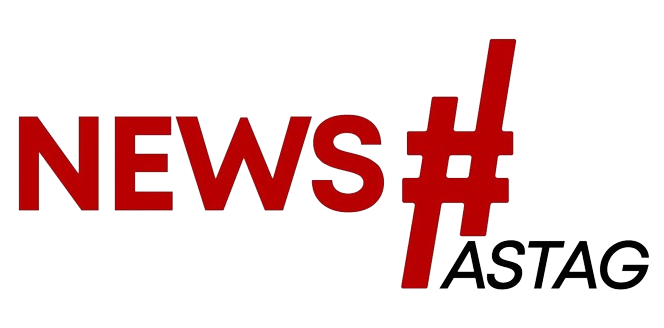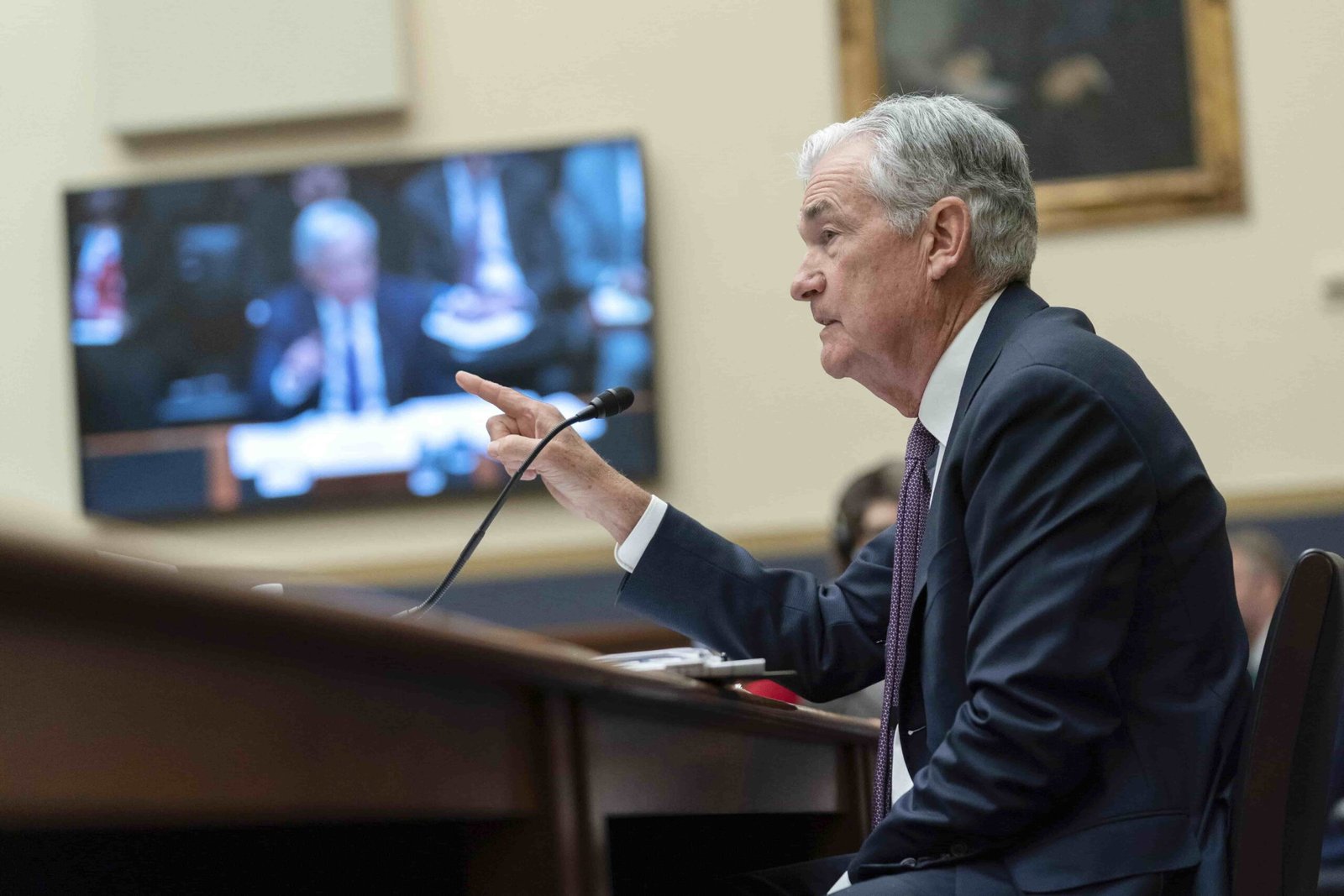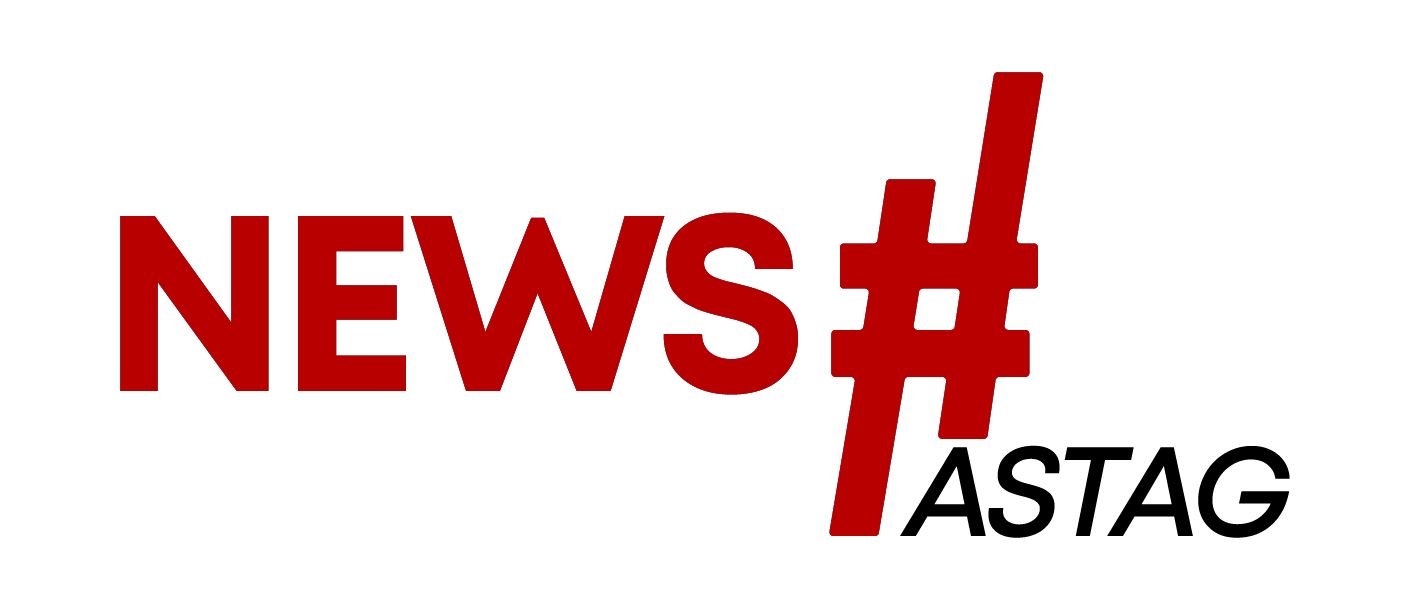U.S. Banks Brace for Tighter Lending Conditions Amid Uncertain Economic Outlook
Wall Street traders are optimistic that the Federal Reserve can effectively manage inflation without triggering a recession. However, U.S. banks are less certain and anticipate tightening loan standards in the second half of the year due to an uncertain economic outlook. This article explores the recent data from the Federal Reserve’s Senior Loan Officer Opinion Survey (SLOOS) and its implications for the economy, businesses, and consumers. The survey highlights tightening credit availability and weakening loan demand, reflecting the impact of the Fed’s interest-rate hike campaign. As lending conditions tighten, potential challenges arise for President Joe Biden’s economic policies, and the Fed’s efforts to achieve a “soft-landing” scenario could face threats.
Credit Tightening and Economic Outlook
The Federal Reserve’s quarterly SLOOS report revealed that U.S. banks are expecting to tighten loan standards across the board for the remainder of 2023. This tightening comes in response to several factors, including concerns over uncertain economic prospects, potential regulatory risks, and mounting operational funding costs.
The primary reasons cited for the expected tightening of lending standards were a less favorable or more uncertain economic outlook, potential deterioration in collateral values, and concerns about the credit quality of commercial real estate (CRE) and other loans. These factors have prompted banks to become more cautious and risk-averse in their lending practices.
Federal Reserve’s Interest-Rate Hike Campaign
Since March 2022, the Federal Reserve has raised interest rates by 5.25 percentage points as a measure to control inflation. The results of the SLOOS survey indicate that the Fed’s rate hikes have had an intended effect on the nation’s financial gears, as banks reported tighter credit standards and weaker loan demand from both businesses and consumers during the second quarter.
Potential Impact on Bidenomics
The tightening credit availability poses a challenge to President Joe Biden’s economic agenda, commonly referred to as “Bidenomics.” As the Federal Reserve continues its efforts to tame inflation by raising borrowing costs, the reduced availability of credit could slow down business growth and job creation. This could affect the spigot of money needed to support Biden’s economic policies and gain public support for his track record.
Fed’s Assessment and Outlook
While Fed Chair Jerome Powell acknowledged the ongoing process of tightening lending conditions, he expressed that the economy seems to be weathering the situation well. However, the tightening evident in recent quarters is significant by historical standards and has historically been associated with recessions. While the data does not guarantee an impending recession, it suggests that the economy might experience a slowdown.
Survey Findings: Tighter Terms and Weak Demand
The SLOOS survey indicated that a net percentage of banks tightened credit terms for commercial and industrial (C&I) loans to medium and large businesses during the last quarter. Similar tightening was observed for small firms, though the levels were lower than those experienced during the peak of the pandemic in 2020.
Demand for C&I loans remained weak, although the extent of weakness was not as severe as reported in the previous survey. Demand from large and medium firms showed a slight improvement, while demand from small firms also improved compared to the previous period.
On the consumer front, credit terms continued to tighten, and demand continued to slacken. However, certain categories showed slight improvements from the first quarter. Banks reported a slightly greater willingness to make consumer installment loans, and the tightening of standards for auto loans eased somewhat. Demand for auto loans showed a slight improvement, and demand for credit card loans remained stable after two consecutive negative quarters.
The recent SLOOS report highlights the increasing caution among U.S. banks as they anticipate tighter lending conditions due to an uncertain economic outlook. The Federal Reserve’s interest-rate hike campaign has resulted in tightened credit standards and weakened loan demand, which could have implications for the economy, businesses, and consumers.
While the economy has shown resilience so far, the degree of tightening raises concerns about the potential for a slowdown. This tightening, however, does not necessarily imply an imminent recession. Nevertheless, it could pose challenges to President Biden’s economic policies and the Fed’s efforts to achieve a soft-landing scenario. Monitoring the evolving economic conditions and banking behavior will be crucial for policymakers to navigate these uncertainties successfully.





